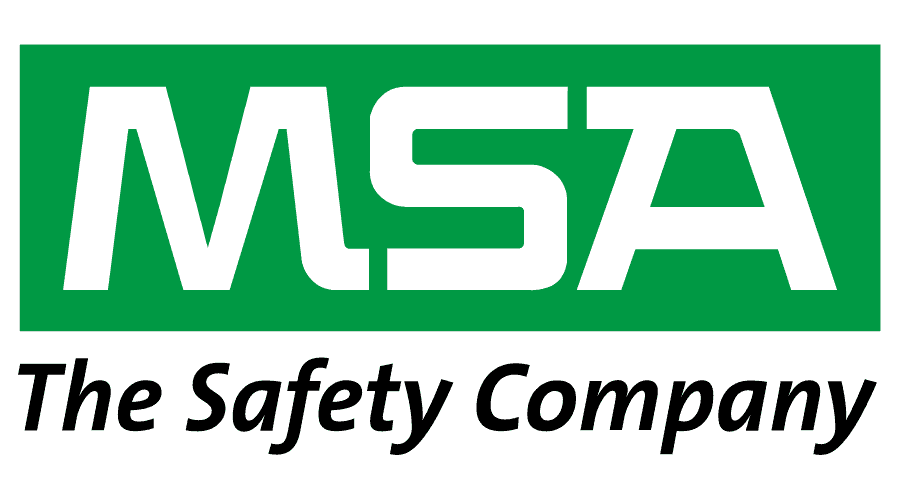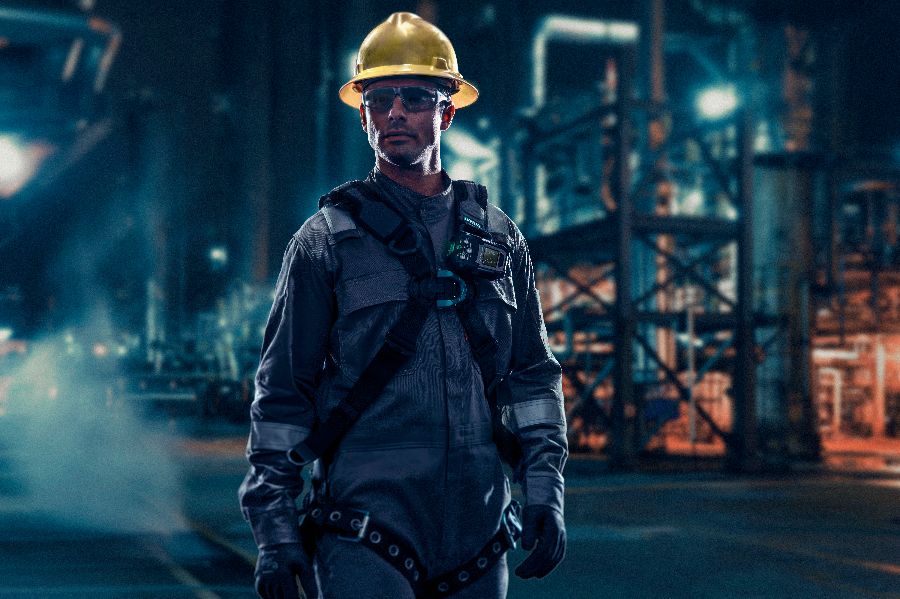Contributor: MSA Safety


There’s been a lot of talk in the world of safety about the need for real-time data. Although most will agree that real-time data benefits safety programs by providing information that leads to better decision-making, some may wonder if real-time data is as crucial as they’ve heard.
The short answer is yes, and here’s why.
A properly calibrated and bump-tested gas detector is a powerful personal protective device. By itself, however, it’s simply not enough to help ensure the highest level of safety.
That’s where a connected work platform comes into play.
A connected work platform combines real-time data, connected PPE/detection wearables, and advanced software solutions so you can have the best possible visibility across these areas of concern:
- Workers
- Worksites
- Workflows
In fact, connectivity enables the kind of visibility that can lead to a stronger safety program and improved safety outcomes.
Even better? A strategic connected worker-worksite-workflow platform helps simplify safety, curb risk, and boost productivity all at the same time. Plus, it sets you up for a scalable and adaptable safety program for today – and tomorrow.
Consider these three reasons why real-time data via a connected platform is a must for worker and worksite safety:
1. Real-time data enables real-time visibility for safety teams
By their very nature, remote workforces leave safety managers disconnected from what’s happening on the job. So, what’s a disconnected and physically distant safety manager to do in the event of an unsafe incident, especially when every second counts?
Here’s what they can do. They can ensure that lone workers are not alone, thanks to the visibility provided by a connected platform. If workers, worksites, and workflows are not connected, there’s likely going to be too much lag time between incident and information – lag time that’s costly to both worker safety and infrastructure.
With connectivity-enabled real-time data, safety managers can have continuous situational awareness. That means seeing the state of workers and monitoring their safety behaviors in the field. It means you’ll get gas exposure alerts, man-down alarms, panic button presses, and device concern warnings in real-time so you can act as swiftly as possible. Plus, it means simplifying compliance and improving productivity to reduce risk and costly downtime.
Real-time data gives safety managers real-time visibility and awareness into what’s happening, so they can respond to incidents – and help improve safety of workers, worksites, and workflows – much faster.
The key to leveraging critical real-time data is having your hardware or gas detection devices connected to both the right software and to the cloud through a seamlessly integrated solution. While the device does its job of collecting data, the software does its job of empowering safety managers with information and insights that let you drive a more proactive safety culture. Even better is that this creates a more unified and streamlined workflow. No relying on cumbersome file transfers and downloads. No more time spend on the arduous and complicated task of piecing together information for incident reporting.
A comprehensive hardware-plus-software-connected solution gives the entire safety team a single, go-to place (accessible anytime, anywhere with an internet connection) for the data and support required to support operational efficiency and enhanced worker and worksite safety.
2. Real-time data helps improve operational efficiencies
Gas detector check-ins and check-outs can be extremely slow and inefficient. They are, however, crucial to ensuring that workers use their PPE devices correctly – and that the devices are properly returned to the fleet. Based on our work with clients across a variety of industries around the world, MSA estimates that roughly 20% of gas detection devices never make it back to the fleet. Not only are the devices lost, but in a disconnected program, the data is also gone forever.
Thanks to a connected program, safety managers can assign a device to a worker, enabling real-time, worker-specific data. That, in turn, can lead to significant operational efficiencies, including:
- Automated check-in and check-out for daily, project-specific, and long-term use
- Increased worker accountability for the device and its whereabouts
- Faster understanding of what’s happening with the worker, including the type and level of exposure
- Easier identification of non-compliant workers (those that ignore alarms and remain in a hazardous environment) so they can be trained or re-trained on proper safety procedures and protocols
3. Real-time data better safeguards lone workers for better peace of mind
There are more than 50 million lone workers in the U.S., Canada, and Europe, most of whom are found in the oil & gas, telecommunications, utilities, construction, and industrial industries.1 It’s no secret to lone workers or their safety managers that their working conditions are uniquely and inherently fraught with a variety of potential hazards, including accidents, emergencies, and illnesses that require trained, capable, and properly equipped workers to do their jobs under such conditions.2
Connected workers, on the other hand, can be better kept free from harm. Compliance, fleet manager, or live monitoring services extend visibility, ensuring that critical data points are delivered in real-time from on-site workers to off-site safety managers. Not only does this help protect the lone worker from gas exposures, but it also connects them to real and tangible help when needed.
As any lone worker can attest, working alone is not the same as being alone. Thanks to in-the-moment monitoring and real-time data, lone workers can have the peace of mind that comes from knowing their safety team has their back whenever and wherever they’re on the job.
What Safety Teams Can Do
Now that you know the benefits of a connected work platform, the next step is to take a deeper dive into understanding where you are on your connected journey. The MSA Connected Work Platform seamlessly integrates connected workers, connected workflows, and connected worksites to help you build and maintain a flexible and proactive safety program that only gets better with time.
Learn more about connected work, real-time data, and more here.
References
1 https://www.ishn.com/articles/104413-how-to-protect-remote-lone-workers
2 https://www.hsa.ie/eng/Topics/Hazards/Lone_Workers/
About the Author
In the decades that have come and gone, MSA has continued to lead the charge for workplace safety. They have led the way with small first-aid kits and portable methane detectors and harnessed new technologies to produce state-of-the-art thermal imaging cameras, ballistic helmets, and leading-edge systems for gas and flame detection.
But they’ve never forgotten where they came from, or why they’re here. They’re called The Safety Company for a reason – a very important reason: Their goal, every single day, is to provide their customers with dependable, high-quality products, instruments, and services to help ensure a safe return home at the end of each work day.
. . .
Attending VPPPA’s 2022 Safety+ Symposium? Stop by booth #337 to connect with the MSA team and hear more about their dependable, high-quality products, instruments, and services.